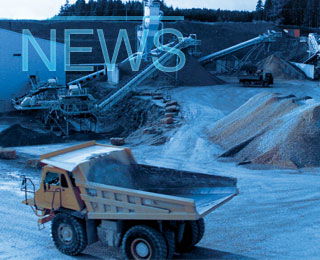The fifth World Cement Association (WCA) annual conference took place between the 25-28 September in Dubai, UAE, allowing industry leaders and stakeholders to have an open discussion and honest assessment of the biggest challenges that the cement industry faces.
This year’s theme focussed on Navigating the Climate Challenge: Reducing Carbon and Reducing Costs but many concluded that the greatest limiting factor to decarbonising the cement industry is not technology but the sector’s drive to act now.
A³&Co®, who supported the conference and partnered with the WCA to promote their joint decarbonisation strategy, explained the potential for cement producers in the MENA region to reduce CO2 emissions by 47 per cent, through steps such as operational excellence, product portfolio optimisation, using alternative fuels and calcined clay or belite cement.
“There is plenty that can be done today with a big positive impact on the bottom line and on emissions,” said Amr Nader, A³&Co®’s co-founder and CEO.
Attendees and speakers agreed that economic incentives were another limiting factor. Globally, cement generates the most carbon emissions per revenue dollar with 6.9kg of CO2 emitted per dollar, five times more than steel, according to McKinsey. Therefore, governments must create incentives, such as carbon pricing and green procurement for public projects, to enable change to happen faster.
WCA board member Mahendra Singhi, CEO of Dalmia Cement (Bharat) Ltd, made his keynote speech highlighting what can be accomplished when management is aligned and determined, even in a country such as India, which has no carbon pricing. He explained how from June 2022 Dalmia has achieved the lowest emissions of any major cement company worldwide, with an average CO2 footprint of 486kg/t of cement.
